
Engineering GM’s Ultium Platform: Battery Pack Flexibility To Power EVs Across Wide-Ranging Segments
Apr 7, 2022, 2:15 pm EDT
Presented by:

Christoph Lomoschitz, Global Product Manager Energy Solutions, Axalta
Apr 4, 2022, 11:45 am EDT
Free EV Engineering Webinars
The sessions from our Spring 2022 Virtual Conference are now available to view on-demand. Register for a session below to watch the recording, download the presentation, and ask the speakers questions.

Apr 7, 2022, 2:15 pm EDT

Apr 4, 2022, 9:15 am EDT

Apr 5, 2022, 10:30 am EDT

Apr 5, 2022, 12:30 pm EDT

Apr 6, 2022, 10:15 am EDT

Apr 4, 2022, 10:30 am EDT

Apr 4, 2022, 2:15 pm EDT

Apr 6, 2022, 2:45 pm EDT

Apr 6, 2022, 3:30 pm EDT

Apr 5, 2022, 3:30 pm EDT

Apr 4, 2022, 10:15 am EDT

Apr 4, 2022, 2:45 pm EDT

Apr 7, 2022, 8:45 am EDT

Apr 5, 2022, 2:00 pm EDT

Apr 5, 2022, 10:15 am EDT
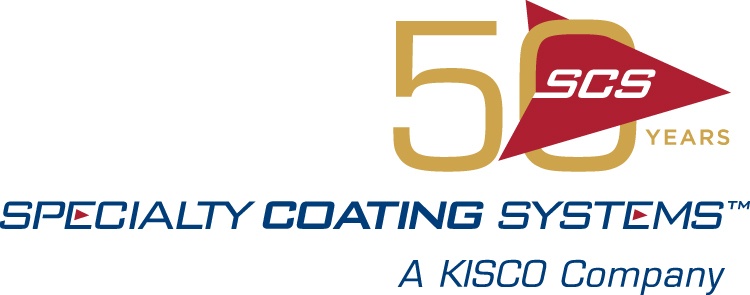
Apr 4, 2022, 9:30 am EDT

Apr 5, 2022, 2:45 pm EDT

Apr 6, 2022, 12:30 pm EDT

Apr 7, 2022, 11:00 am EDT

Apr 6, 2022, 1:15 pm EDT

Apr 6, 2022, 8:00 am EDT

Apr 6, 2022, 1:00 pm EDT

Apr 7, 2022, 1:15 pm EDT

Apr 6, 2022, 10:30 am EDT

Apr 5, 2022, 1:00 pm EDT

Apr 7, 2022, 9:45 am EDT

Apr 5, 2022, 11:45 am EDT
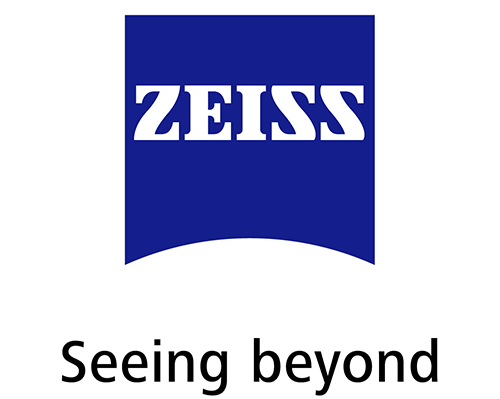
Apr 4, 2022, 1:00 pm EDT
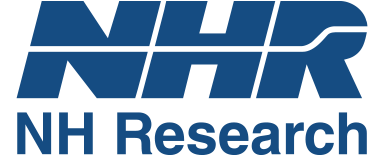
Apr 6, 2022, 11:45 am EDT

Apr 6, 2022, 8:00 am EDT

Apr 4, 2022, 2:00 pm EDT

Apr 7, 2022, 10:30 am EDT

Apr 7, 2022, 12:30 pm EDT

Apr 5, 2022, 2:15 pm EDT

Apr 4, 2022, 11:45 am EDT

Apr 7, 2022, 11:45 am EDT

Apr 5, 2022, 8:00 am EDT

Apr 4, 2022, 8:45 am EDT
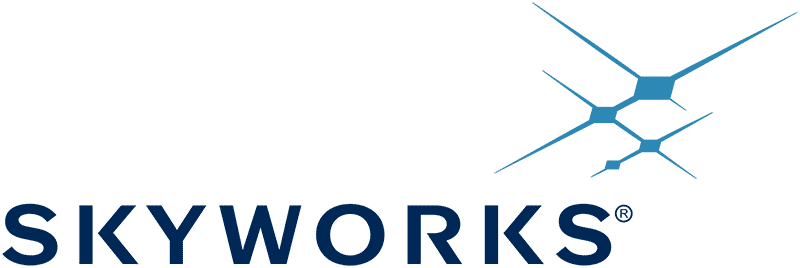
Apr 5, 2022, 1:15 pm EDT

Apr 5, 2022, 9:30 am EDT

Apr 7, 2022, 9:30 am EDT

Apr 5, 2022, 8:00 am EDT

Apr 5, 2022, 8:45 am EDT

Apr 5, 2022, 11:00 am EDT

Apr 7, 2022, 2:00 pm EDT

Apr 4, 2022, 11:45 am EDT

Apr 4, 2022, 1:15 pm EDT

Apr 6, 2022, 11:00 am EDT
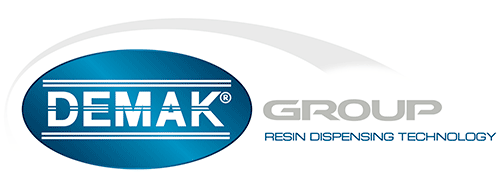
Apr 6, 2022, 8:45 am EDT

Apr 7, 2022, 10:15 am EDT

Apr 6, 2022, 11:45 am EDT

Apr 5, 2022, 11:45 am EDT

Apr 6, 2022, 2:00 pm EDT

Apr 4, 2022, 11:00 am EDT

Apr 4, 2022, 12:30 pm EDT

Apr 6, 2022, 9:30 am EDT

Apr 5, 2022, 9:45 am EDT

Apr 4, 2022, 8:00 am EDT

Apr 4, 2022, 8:00 am EDT

Apr 4, 2022, 8:00 am EDT

Apr 4, 2022, 8:00 am EDT

Apr 4, 2022, 8:00 am EDT

Apr 4, 2022, 8:00 am EDT

Apr 4, 2022, 8:00 am EDT